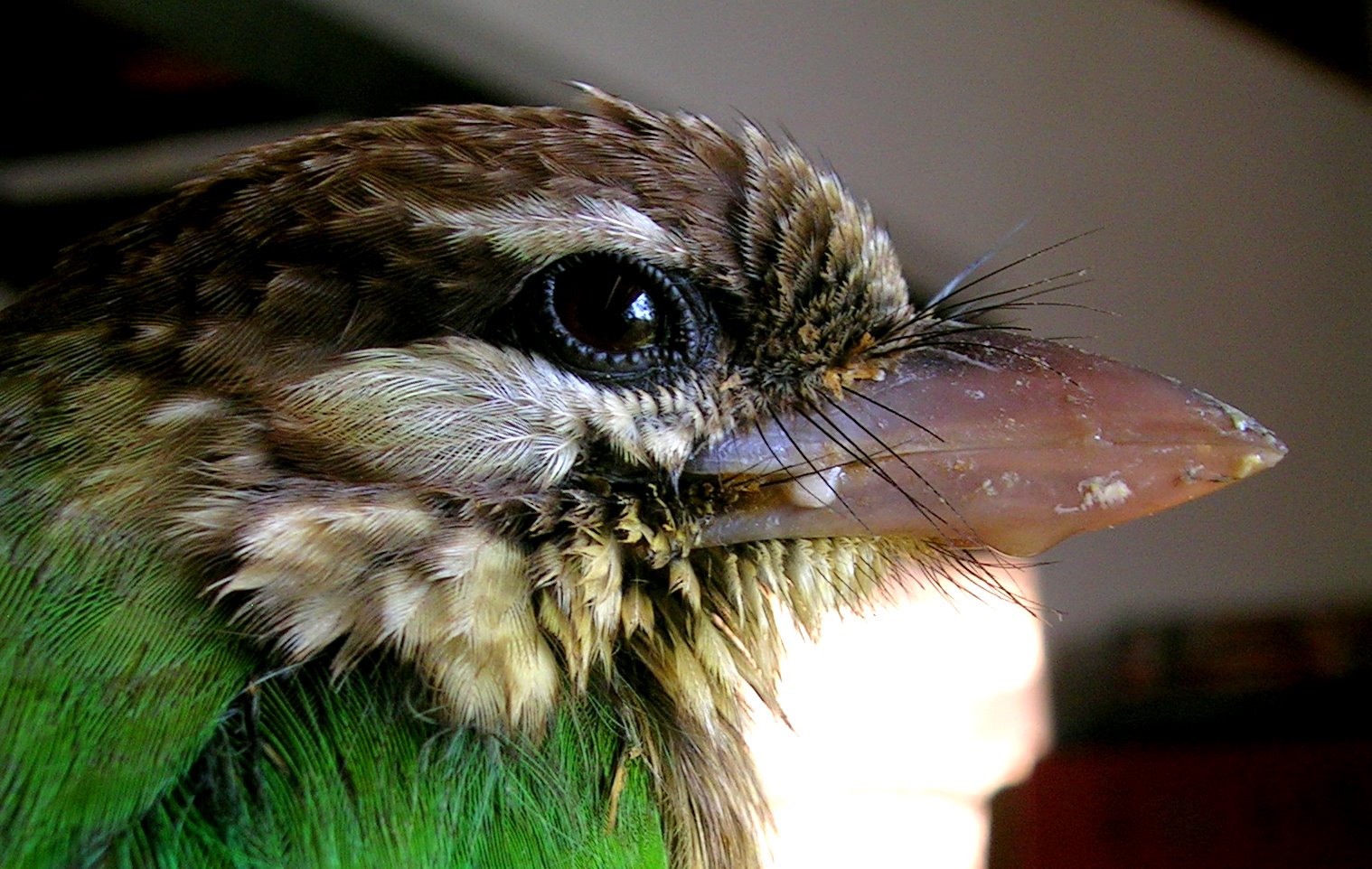Today we are going to
work on the easiest method for children to classify vertebrate (animals with a
spinal cord) animals – by their body coverings.
Children as young as two can learn to tell the difference between
mammals, birds and reptiles and that is the goal for this lesson, to make the
lesson more fun and engaging it helps to have examples of the body coverings to
touch and observe. For our purposes and
for the safety of animals, fake furs and scales are preferred as well as
domestic feathers. Better yet if you
would like to see the real thing visit a living history museum, zoo, or nature
center.
 | |
| This animal is a reptile because it has scutes. (Alligator) Photo by Rob from Athens, GA |
Parent
Background Guide Vertebrates (class chordata) are animals like us. They are complex, have cells and organs, and
have a spinal chord. The main groups of
class chordate are the jawless fishes (lampreys and hagfish), cartilaginous fishes
(sharks and rays), bony fishes (all the other ones), amphibians (frogs,
salamanders and newts), mammals (animals with fur), birds (animals with
feathers), and reptiles (animals with scales or scutes). Scutes are the boney scales on turtles and crocodilians. We will be concentration on the 3 land
animals in this lesson. The chart below
shows the basics:
This
week’s activity
Materials
Realistic toy animals with appropriate body
coverings or
Raid your closet, retail stores, of the local thrift store for items with (preferably fake):
Fur
Feathers
Scales (snake or crocodile skin purse or shoe ??)
Raid your closet, retail stores, of the local thrift store for items with (preferably fake):
Fur
Feathers
Scales (snake or crocodile skin purse or shoe ??)
A book of animal pictures.
Discovery
time: Let your children touch samples of
the fur, feathers, and scales. Ask them
to tell you how they feel – bumpy, soft, scratchy, smooth, warm . . . . This is a great time to practice using descriptive words. Have your children contrast how the body
covering look different and start practicing the words mammal, bird, and
reptile. Next look at the animal book
and let them try to guess which group each appropriate animal fits into.
Tying
it together: The fun part of this exercise isn’t really
during the first teaching lesson, what we loved is looking at books, TV shows,
and the zoo and naming each animal as we found it. Doing this consistently reinforced the ideas
for my kids that scales were for reptiles, feathers were for birds, and fur or
hair was for mammals. After we had
those things down, we were able to add other facts about each group. Now whenever, my children see an animal they
know something about it even if they don’t know the animals name. It makes them feel good that they a basic
understanding of every animal they see, and makes them want to know even
more.



No comments:
Post a Comment